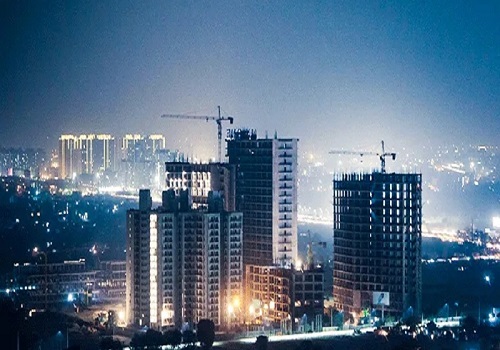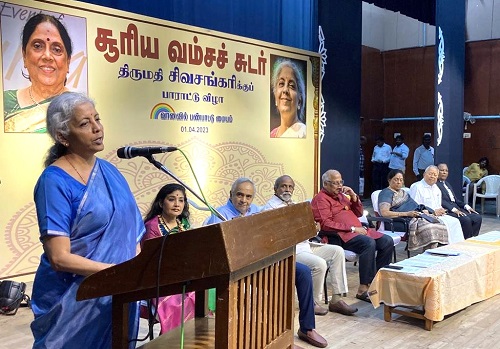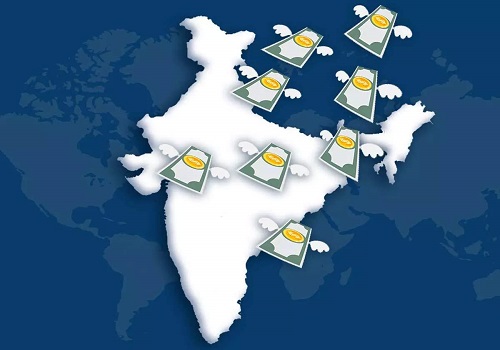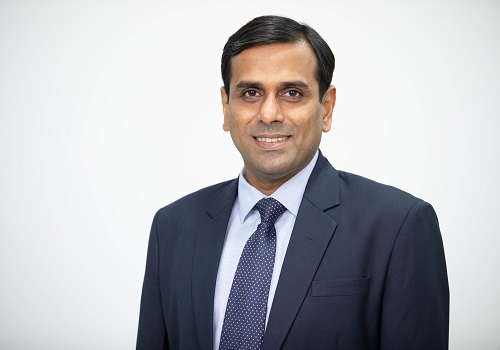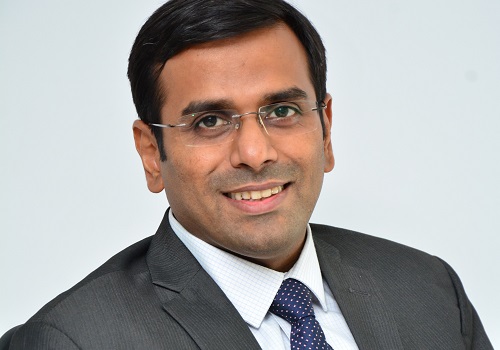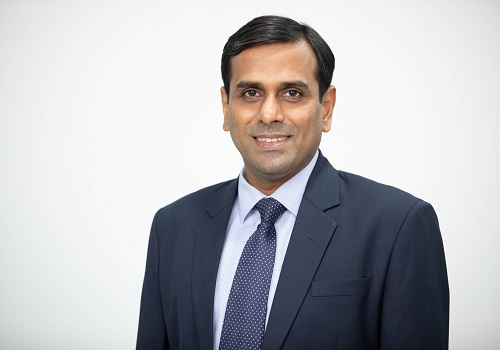How to plan your investments in 2022 by Arvind Chari, Quantum Advisors
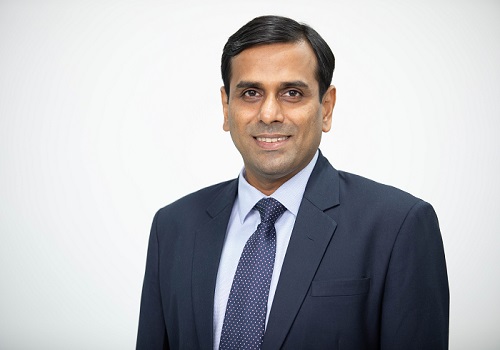
Follow us Now on Telegram ! Get daily 10 - 12 important updates on Business, Finance and Investment. Join our Telegram Channel
While India is now witnessing strong economic recovery and a moderate CPI inflation forecast of 4.5% by RBI, however, certain macro-economic risks are playing in the market. Inflation is the highest over two decades in the US at 7.5%, signalling the anticipated rate hikes by the US Federal Reserve. How will the US liquidity tapering affect the Indian equity markets? Will we face another taper tantrum that severely impacted the Indian economy in 2013? Mr Arvind Chari, CIO of Quantum Advisors, shares some insights on how to plan our investments this year amidst the macro- economic risks in the market.
Arvind Chari says, “The one key takeaway is to try and keep your investments simple. While it's good
to know about the markets, the economy, taper tantrum, Fed Reserve, inflation, but at the end, you
need to ensure that your investment philosophy and investment plan is simple.”
“Asset Allocation matters. If you look at performance across asset classes globally or in India, you will find that an asset class that did very well in one year typically does not do very well in the next. You need to have allocation across asset classes that help meet your goals. For example, in 2021, we saw approx. 58% in small-cap index returns and -1% in Gold. There must be some diversification, and everybody needs that diversification to meet different needs. The percentages of allocation can change and entities like mutual funds allow you to diversify across asset classes such as equity, debt, or gold. Or you can invest in a broad Multi-Asset Fund that allows the fund manager to change allocations so that you can make an investment simple.”
“2022 is going to be a year of divergence. In 2020 during the pandemic, all Central banks responded similarly. They cut interest rates, added liquidity, and supported the financial markets. However, the exits are not synchronous and are happening at different time frames. India was needlessly dovish during the RBI MPC meeting. Commodity prices are significant, especially for a country like India, which imports oil, that's not a good short-term macro scenario for India. As oil prices go up, interest rates could be increased, and you might see an increase in long-term bond yields and hence a lower performance from that segment. My general advice is to lower your expectations from returns you expect from equities, fixed income and commodities. Because of the divergence, you will have two-sided volatility. You will see some great periods in between and then you will see some very sharp selloffs.”
In terms of Indian equities, Arvind says, “We believe that India is on the cusp of an upcycle and if the government spends on its capex plan efficiently, the growth momentum can continue. The India economy has some tailwinds For instance, if you look at the Corporate Indian balance sheets, they are looking stronger, debt levels have gone down, and profitability has increased. Even in the banking sector, all banks have raised capital – capital adequacy has never been this high. The NPA levels are high, but it's going down. After the pandemic, all central banks and governments expanded their balance sheet and that has helped global growth and boosted India’s exports both in goods and services. This is typically a good start for a Capex upcycle. The recent recovery in residential Real estate is a strong multiplier”.. We may be entering a strong multi-year earnings growth cycle We last saw this trend in 2003-2007 period, where companies buoyed by global and domestic demand were reporting strong earnings and consistently beating estimates. For the first time in about six years, we're again seeing consensus upgrading their earnings estimate. From a valuation perspective, equities look expensive but if the earnings do come through, then this PE is not reflective of the actual earnings.”
Talking about headwinds inequities, Arvind says, “Rising oil prices and our disappointment of how India still needed to have some income support or reduction in taxes, better support for MSMEs which has kept demand and sentiment a bit low but otherwise we are entering into a growth period.
“In fixed income, we are in a what one would call a ‘perfect storm’, where the US Fed will hike interest rates and tighten liquidity and the wider fiscal deficit in India would mean increased borrowings by the issue of government securities. Thus, long-term bond yields have risen and seem to be headed higher. The US Fed is now worried about inflation and the Indian bond yields have also kind of mirrored global bond yield increase in most respects,” adds Arvind.
“So, the best way to play the imminent rate hiking cycle is to be in something called liquid funds As the RBI normalises its monetary policy – reduces liquidity and increases the repo rate the yield on the short term treasury bill goes up, a liquid fund will typically mirror this rise. A liquid fund invests only in 91-day paper. So effectively, every 60-91 days, the portfolio is repricing and earning the higher yield without too much mark-to-market risks.
Since the medium to longer term rates have already risen a lot, and if your horizon is about three years which is where the capital gain taxation also comes in, you might look at a combination of a liquid fund and say something like a dynamic bond fund which gives flexibility for the fund manager to manage the yield movements, by allocating gradually to the dynamic bond fund as rates go up over the course of the year.”
“We believe gold is a good asset from a diversification perspective and will help minimize downside in the event of central bank policy changes, political issues and gold will historically continue to protect against downfall,” he concluded
Crypto are neither currencies nor store of value. They are just another financial asset but without a clear intrinsic value. So we would believe that Gold should be preferred as the risk/portfolio diversifier
To Read Complete Report & Disclaimer Click Here
Above views are of the author and not of the website kindly read disclaimer



